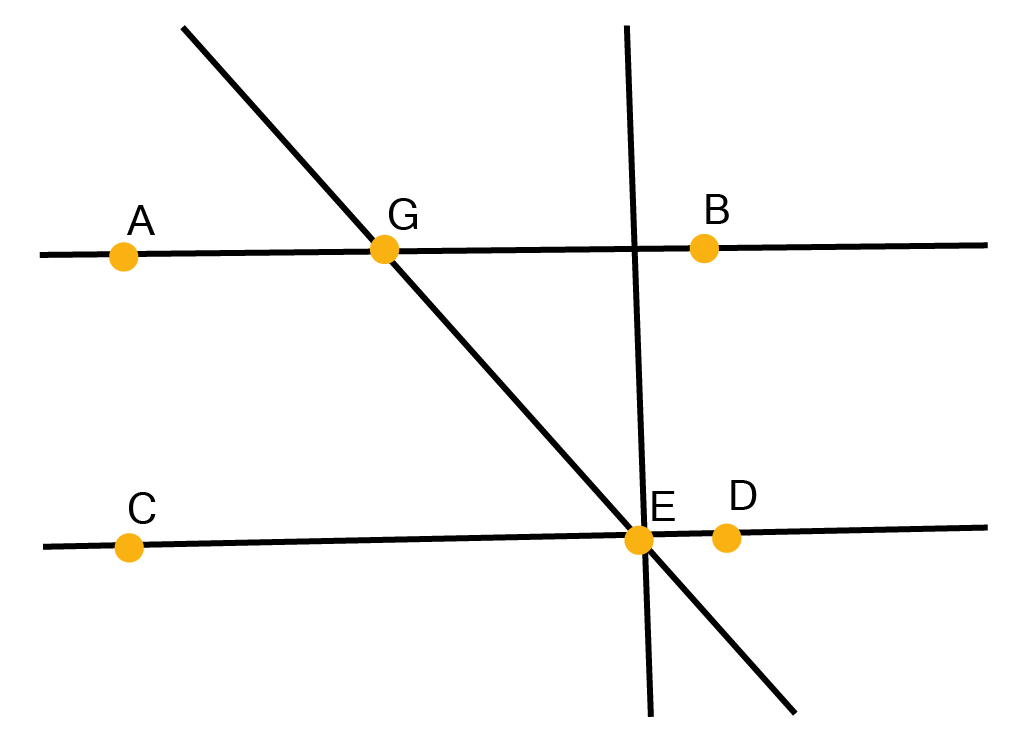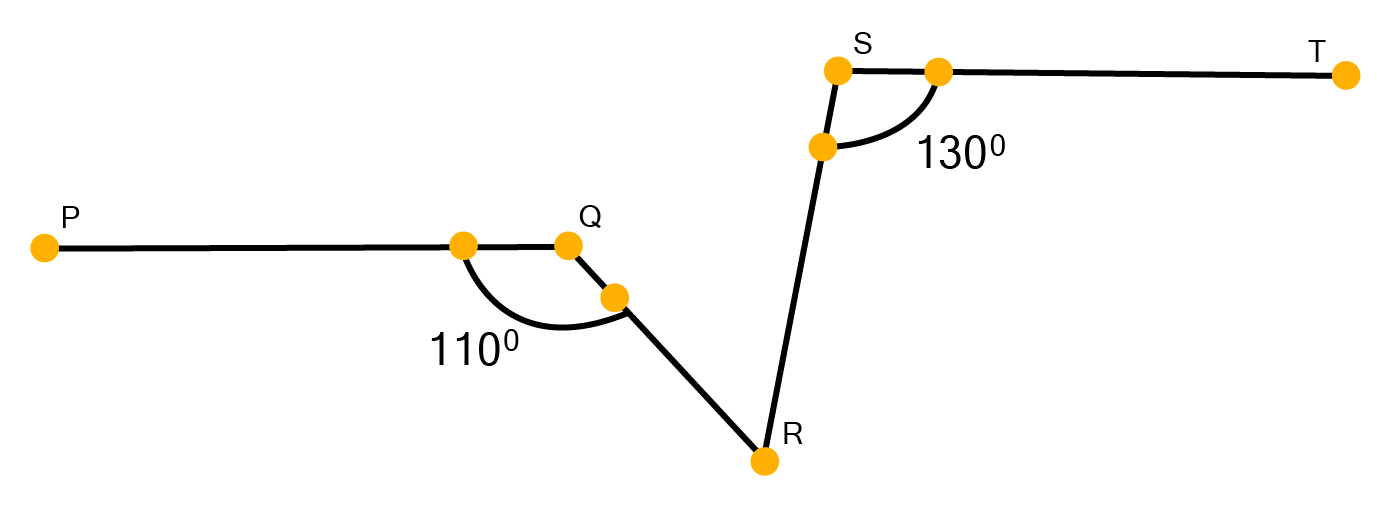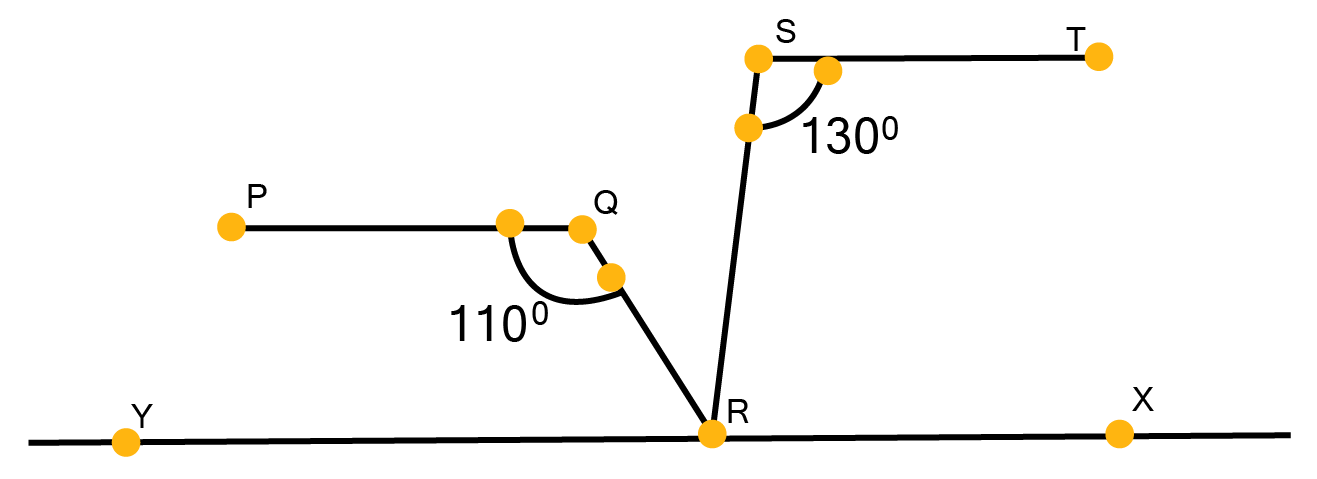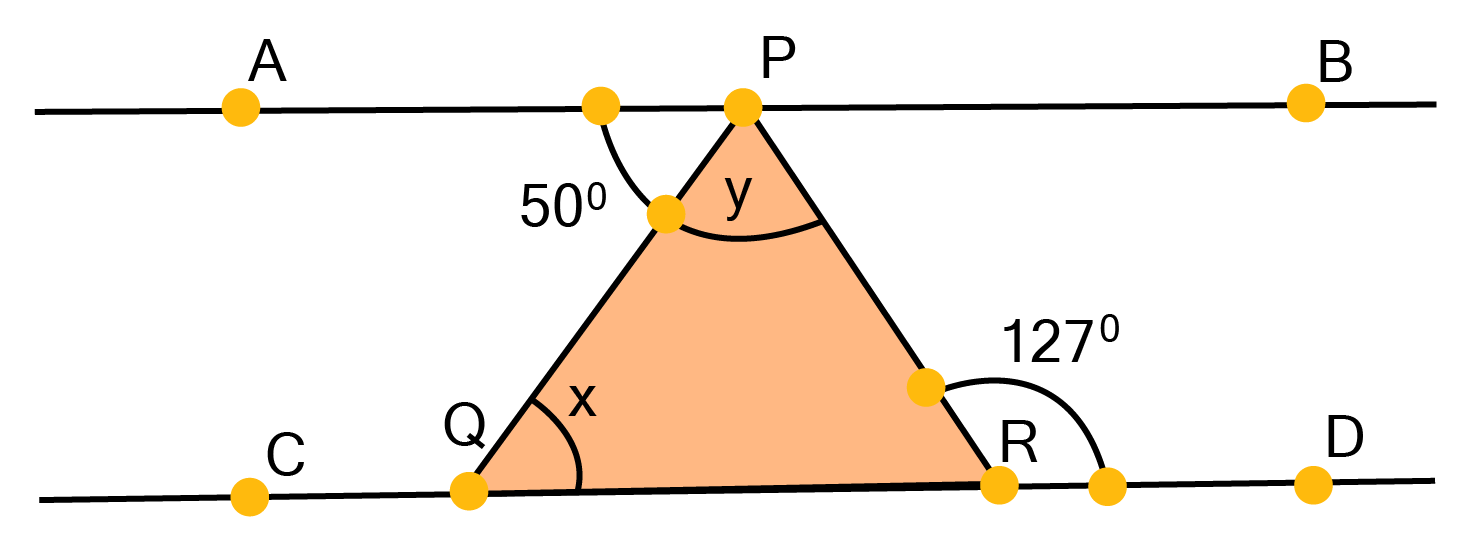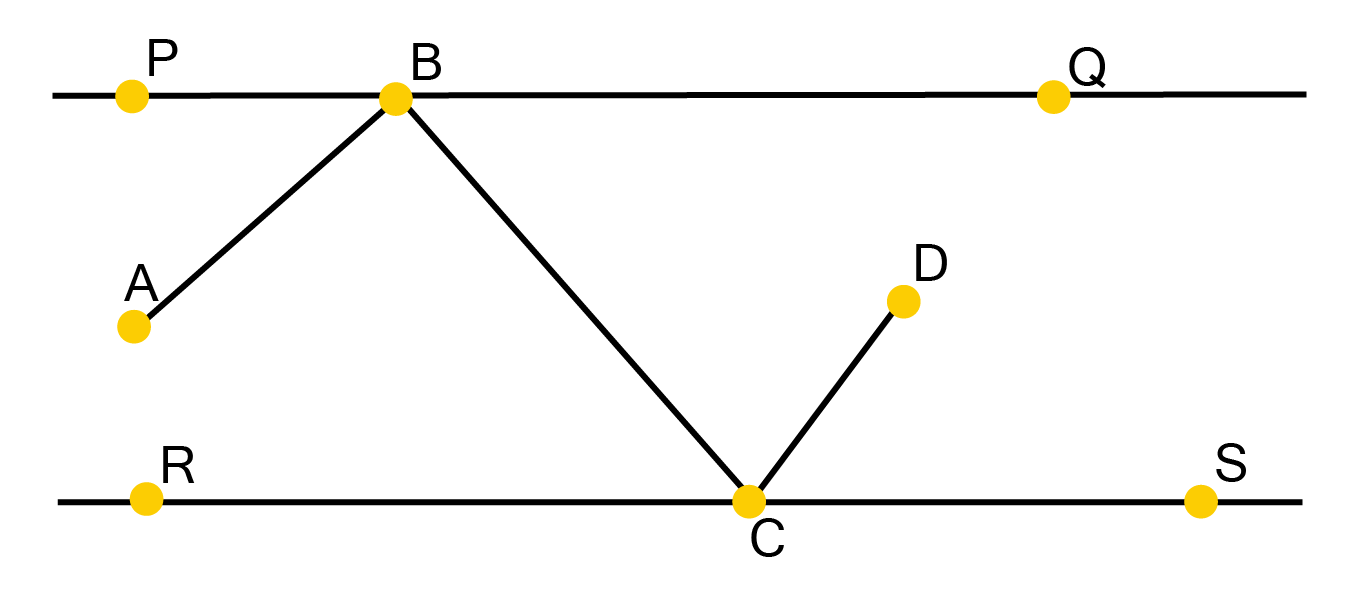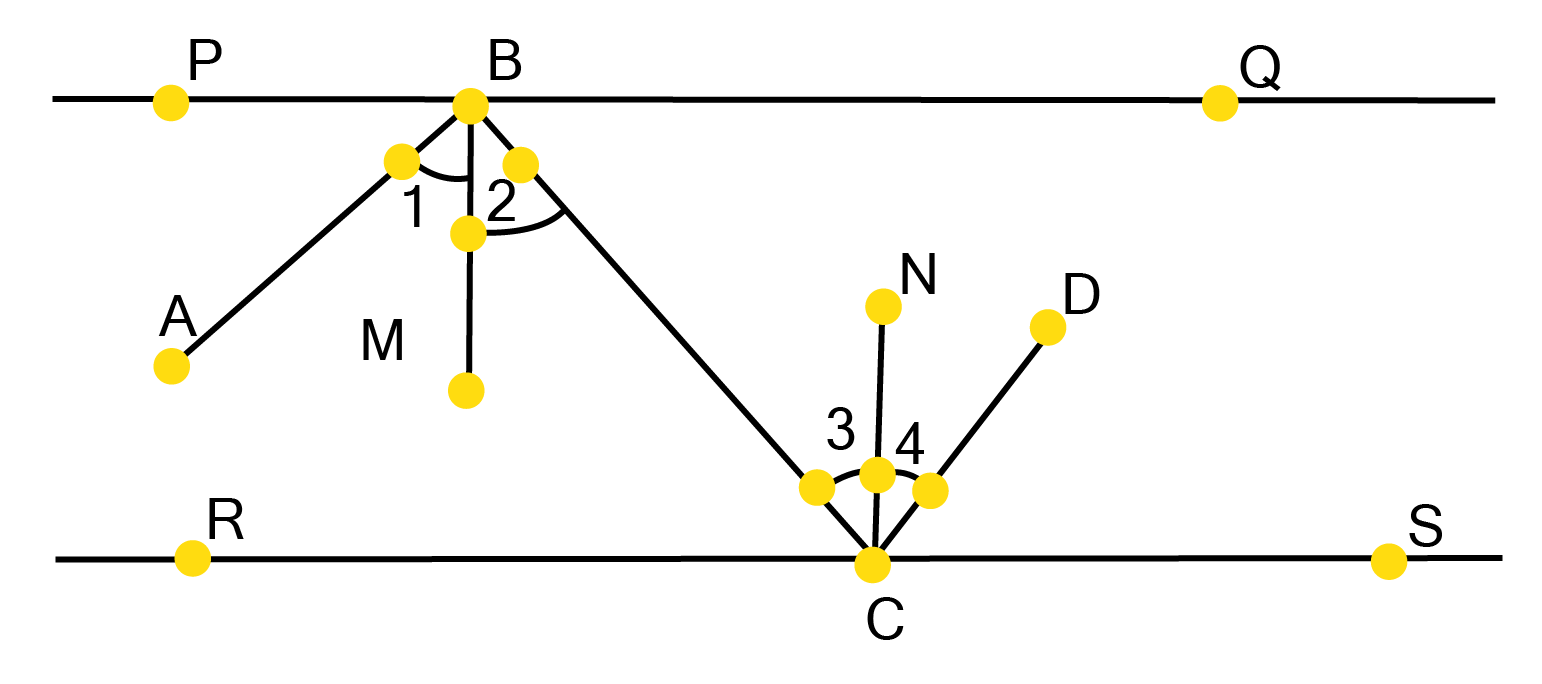How Can Lines and Angles Class 9 Questions and Answers Help in Exam Preparation with Step by Step NCERT Solutions
NCERT Solutions for Class 9 Maths Chapter 6 Lines and Angles
FAQs on NCERT Solutions for Class 9 Maths Chapter 6 Lines and Angles
1. What are NCERT Solutions for Class 9 Maths Chapter 6 and how do they assist students?
NCERT Solutions for Class 9 Maths Chapter 6 (Lines and Angles) provide step-by-step answers to every question in the textbook, following the CBSE syllabus for 2025–26. They help students master basic geometry concepts, understand angle relationships, and learn systematic problem-solving via worked examples and expert explanations.
2. Which topics and concepts are covered in NCERT Solutions for Class 9 Maths Chapter 6?
NCERT Solutions for Chapter 6 include the following major topics:
- Basic terms: lines, line segments, rays, angles
- Types of angles (acute, right, obtuse, straight, reflex)
- Properties of parallel lines and transversals
- Vertically opposite angles, linear pair, and axioms
- Angle sum property of triangles and polygons
- Proofs involving line relationships
3. Why are vertically opposite angles always equal when two lines intersect?
When two lines intersect, they form two pairs of vertically opposite angles. According to the vertically opposite angles theorem, these pairs are always equal because each forms a linear pair with the adjacent angle, and both pairs together sum to 180°. This logic proves that the two pairs must be equal, as per CBSE 2025–26 guidelines.
4. Do I need to solve every exercise in Class 9 Maths Chapter 6 for exam preparation?
Yes, solving all exercises is important because each one targets specific concepts and gradually builds problem-solving skills. Skipping exercises may leave gaps in understanding core geometry topics expected by CBSE for 2025–26 exams.
5. How are types of lines and angles classified in Class 9 Maths Chapter 6 NCERT Solutions?
Lines are classified as straight or curved, and further as parallel, intersecting, or perpendicular. Angles are categorized as acute, right, obtuse, straight, and reflex. NCERT Solutions clarify each type with formulas and examples relevant to chapter exercises.
6. What is the significance of corresponding, alternate, and co-interior angles in proving lines parallel?
In Class 9 Maths Chapter 6, corresponding, alternate, and co-interior angle theorems are essential to establish whether two lines are parallel.
- Corresponding angles equal ⇒ lines are parallel
- Alternate interior angles equal ⇒ lines are parallel
- Co-interior angles sum to 180° ⇒ lines are parallel
7. What common mistakes do students make while using NCERT Solutions for Chapter 6 (Lines and Angles)?
- Confusing types of angles (e.g., corresponding vs. alternate)
- Missing axioms or properties when writing proofs
- Forgetting the angle sum of triangles or linear pairs
- Jumping steps instead of giving full reasoning, as required by CBSE
8. How can students check if their solutions to NCERT Maths Chapter 6 are correct?
Students should:
- Compare their answers with NCERT Solutions step-by-step
- Check if all angle properties/theorems are correctly applied
- Verify final values with original question conditions
9. What is a vertex and how is it defined in Chapter 6 of Class 9 Maths?
A vertex is the point where two lines or rays meet to form an angle. In Chapter 6, vertices are key to understanding polygons, angles, and the relationships between lines and angles.
10. How does understanding Lines and Angles in Class 9 help with higher-level mathematics?
Mastering Lines and Angles builds a foundation for advanced topics such as Triangles, Quadrilaterals, Circles, and Coordinate Geometry. Strong conceptual understanding at this level is essential for both competitive exams and future classes, as per CBSE's exam structure.
11. What types of real-world problems can be solved using concepts from Chapter 6 Lines and Angles?
Concepts from Class 9 Lines and Angles are used in:
- Architecture and engineering (measuring building angles, drawing parallel/perpendicular lines)
- Navigation and map reading
- Coding, design, and robotics (calculating rotation angles or parallel movement)
12. What updates or deletions should students note from the 2025–26 CBSE syllabus for Chapter 6?
For 2025–26, certain exercises such as 6.5 (Parallel lines and a transversal) and 6.7 (Angle sum property of a triangle) may be modified or dropped. Students are advised to check the latest official syllabus and focus study accordingly.
13. How can students clarify their doubts while solving NCERT Solutions for Lines and Angles?
Students can use the step-by-step solutions in the NCERT textbook, refer to detailed solutions provided by platforms like Vedantu, or ask teachers to explain any unclear steps or theorems. Practising similar problems reinforces understanding.
14. What do collinear and non-collinear points mean in the context of NCERT Class 9 Maths Chapter 6?
Collinear points are three or more points lying on a single straight line, while non-collinear points do not all lie on the same line. This distinction is important in solving geometry problems and proofs involving lines and angles.
15. Are NCERT Solutions for Class 9 Maths Chapter 6 sufficient for full exam preparation?
While NCERT Solutions for Chapter 6 cover every exam-relevant concept with model answers, students are advised to practice additional problems, review related theorems, and attempt sample papers for comprehensive CBSE exam preparation.




















 Watch Video
Watch Video





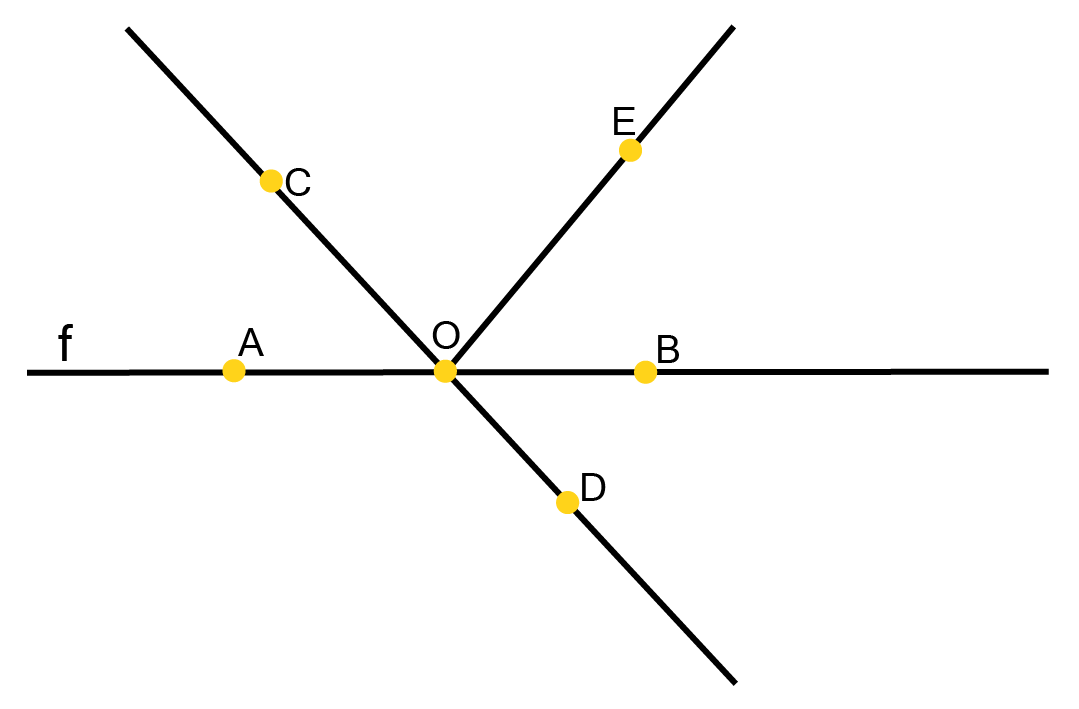
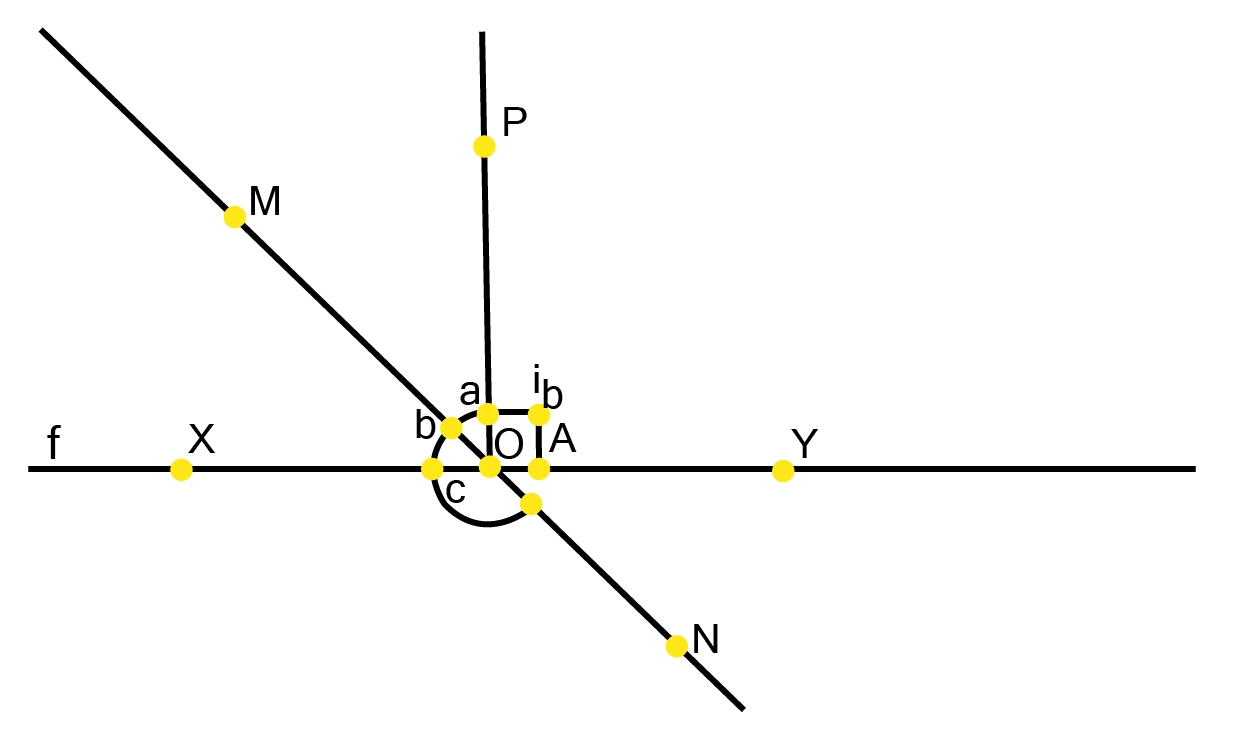

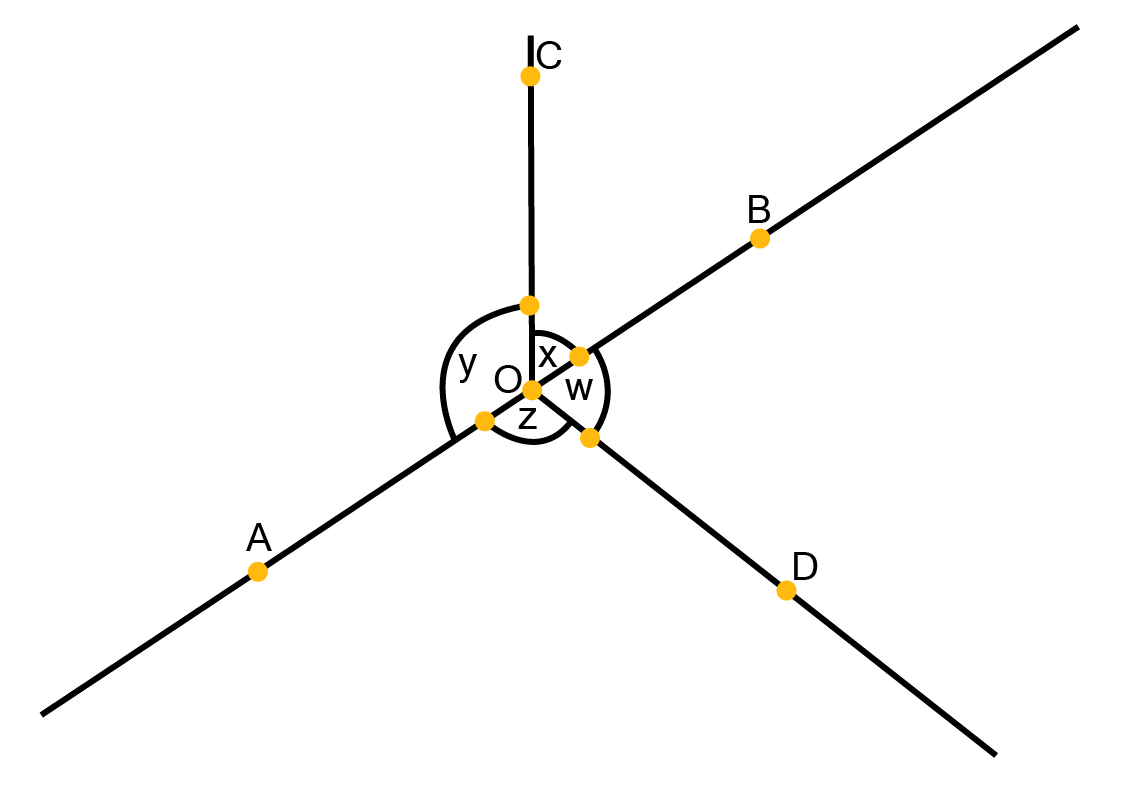
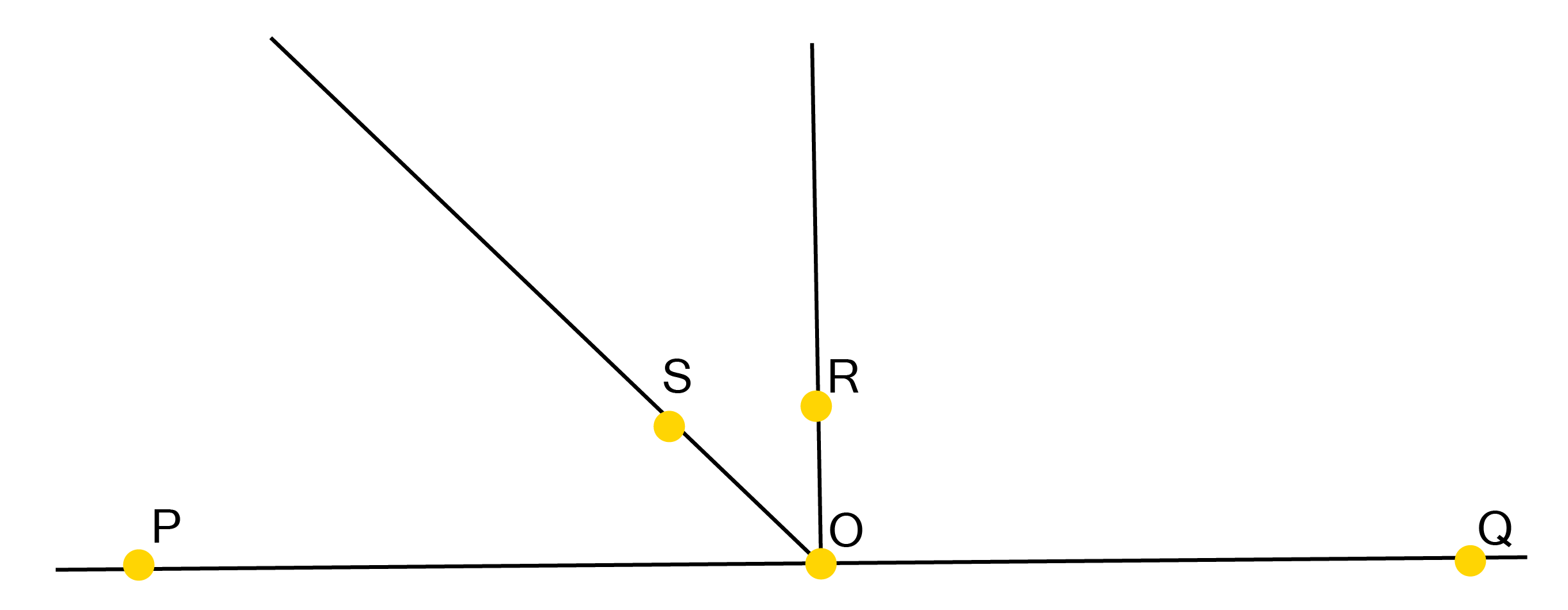
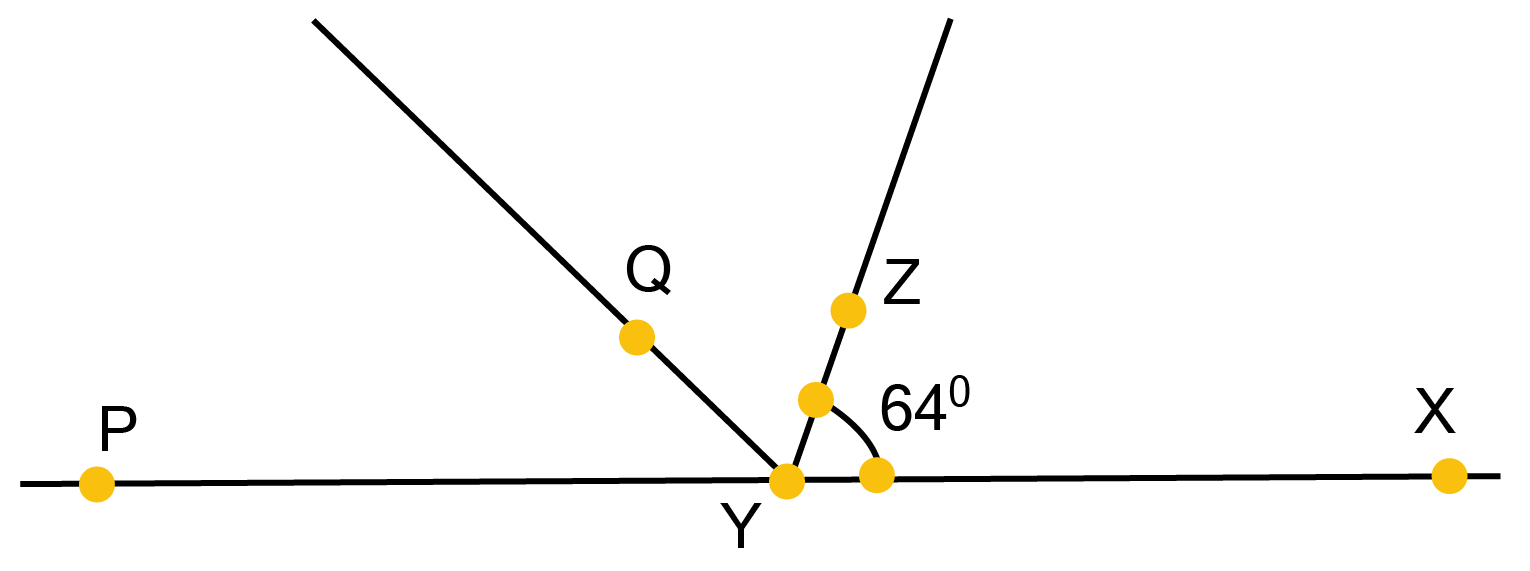
![AB\[\parallel \] CD and CD \[\parallel \] EF](https://www.vedantu.com/seo/content-images/afaa573d-dbd7-4e5d-82bb-36a18cd01a0f.png)
